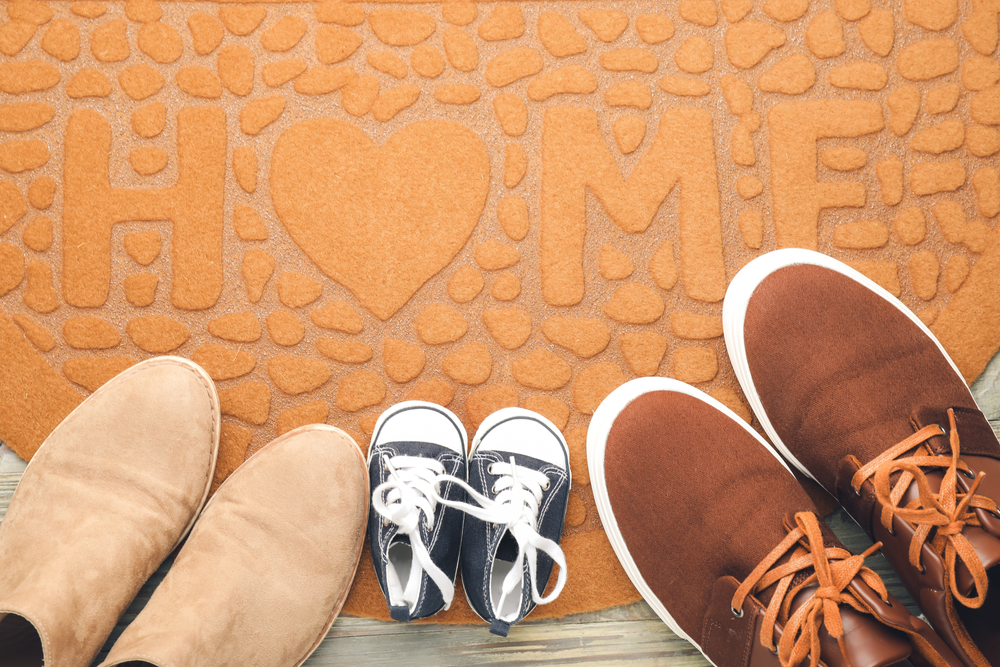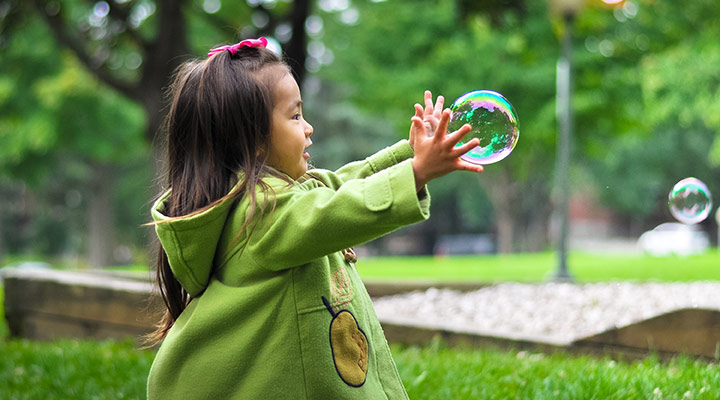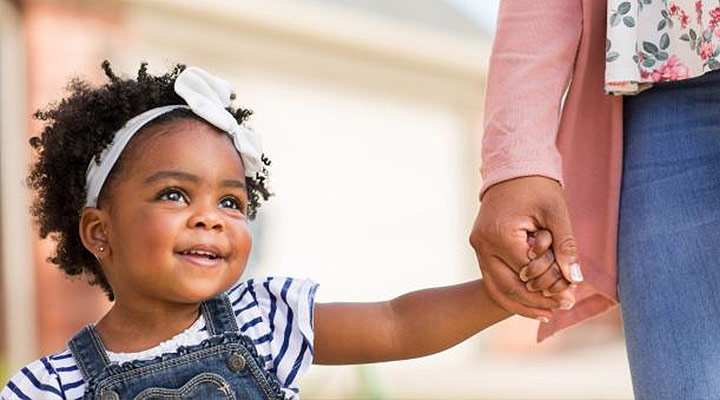Making Your Foster Child Feel at Home
First impressions matter! As you prepare to make your new foster child feel at home, remember it’s the little things you do that can make all the difference.
The Initial Meeting: When he arrives at your house, come out smiling and be one of the first welcoming faces he sees that day. Kneeling down to his eye level before introducing yourself may ease some of the tension. Tell him what he can call you; you’ll probably want to avoid “mom” or “dad.” Next, introduce the rest of your family. When walking him to your home, see if he’s open to you holding his hand if he’s younger, or placing your hand on his shoulder if he’s older, to provide reassurance. He may not welcome your touch, especially if he’s been exposed to physical or sexual abuse. Be sensitive to his signals.
The Tour: Show him around the house. If you have other children, encourage them join you on the tour. Let him know that as a member of your household, he’ll be welcome to use things like the family television, computer, and refrigerator. This will give him a sense of belonging.
The Room: End the tour of the house with his room. If you have enough notice, you can ask his caseworker what your foster child likes so you can have it waiting for him, such as a poster of his favorite football team or a book he enjoys. Consider having a few new toys ready for him. You might want to have a nightlight plugged in to make the room feel safe. Offer to help him rearrange the room to his liking, and be sure to give him plenty of time to check it out and get comfortable there. It’s probably a good idea to give him a few minutes alone.
The Book: A welcome book for your foster child will likely help ease his transition into your family. Personalize the outside of a binder with images of things that may interest him. Place photos of everyone in the family (including pets) inside, and be sure to label them with names and maybe something fun or interesting about each person. Also include pictures of each room. List your family’s favorite hobbies, activities, and traditions (and photos of each), and leave space for him to draw pictures of his own.
The Basket: The surprise of a welcome basket may ease some tension on this potentially uneasy day. Fill it with fun stuff (small toys, puzzles, books), a cozy blanket, maybe a t-shirt and pajamas, and other items just for guys his age. A welcome basket will show him that you care and that he’s worthy of receiving a gift right away.
The Food: Put some cookies in the oven to fill your house with a welcoming scent. Once your family has greeted your foster child, put a pizza in the oven for him to eat after the tour. For a special dinner soon after he arrives, find out what his favorite meal or dessert is and make it!
The Ice Breaker: Once he’s had time to eat and get settled, get a sense of how he’s feeling. If he’s relaxed and talkative, ask questions to show you’re interested in him. Let him know that if he ever has any questions, you’ll be happy if he comes to you. Don’t be disappointed if he doesn’t want to talk. Remember that he has a lot to process today. Also realize that he might struggle with trust issues—and he may feel overwhelmed about being in a stranger’s house where he’s now expected to live. Let him open up to you on his own terms.
***
For a foster child who might be coming from a difficult situation, receiving a welcome like this will go a long way in breaking the ice—even if you don’t see evidence right away. Don’t get discouraged if he doesn’t seem to appreciate your attempts to greet him warmly. At some point down the road, you’ll see that these efforts yield positive results!














